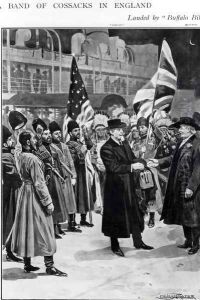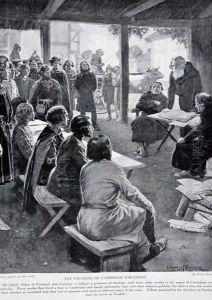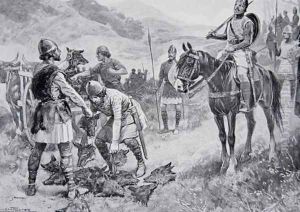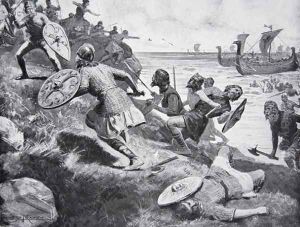Ernest Prater Paintings
Ernest Prater was a British illustrator and painter, born in Islington, London, in 1864. He was known for his versatile artistic skills, which ranged from fine art painting to illustration, including work for books, magazines, and newspapers. Prater's career flourished during a time when the demand for illustrated print media was at its peak, owing to the absence of photography in mass-produced publications.
Prater's early life was characterized by his passion for art, which led him to pursue formal education in the field. He studied at various prestigious institutions, including the West London School of Art and the Royal College of Art. His talent was recognized early on, and he quickly began to make a name for himself as a skilled illustrator and painter.
He gained significant recognition for his work as an illustrator for serialized stories in magazines, a popular format during his time. Prater's illustrations were notable for their detailed and dramatic style, which brought the narratives to life in a vivid and engaging manner. He worked for a variety of publications, including The Strand Magazine, Pearson’s Magazine, and The Boy’s Own Paper, among others. His work contributed to the success and popularity of many serialized novels of the era.
In addition to his illustrative work, Prater was also a prolific painter. His paintings often depicted historical and military scenes, reflecting the imperial sentiment and interest in history and adventure of the British public during the late 19th and early 20th centuries. His works were exhibited in various galleries, including the esteemed Royal Academy of Arts in London.
Ernest Prater's contribution to the world of art and illustration was significant during his lifetime, and his works continue to be appreciated for their historical value and artistic quality. He passed away in 1950, leaving behind a legacy of diverse and impactful art that remains of interest to collectors, historians, and art enthusiasts alike.



